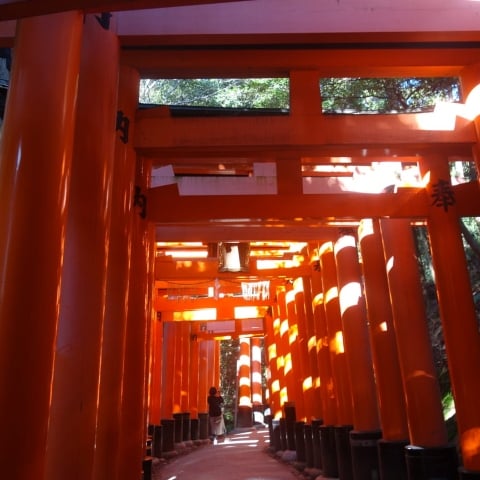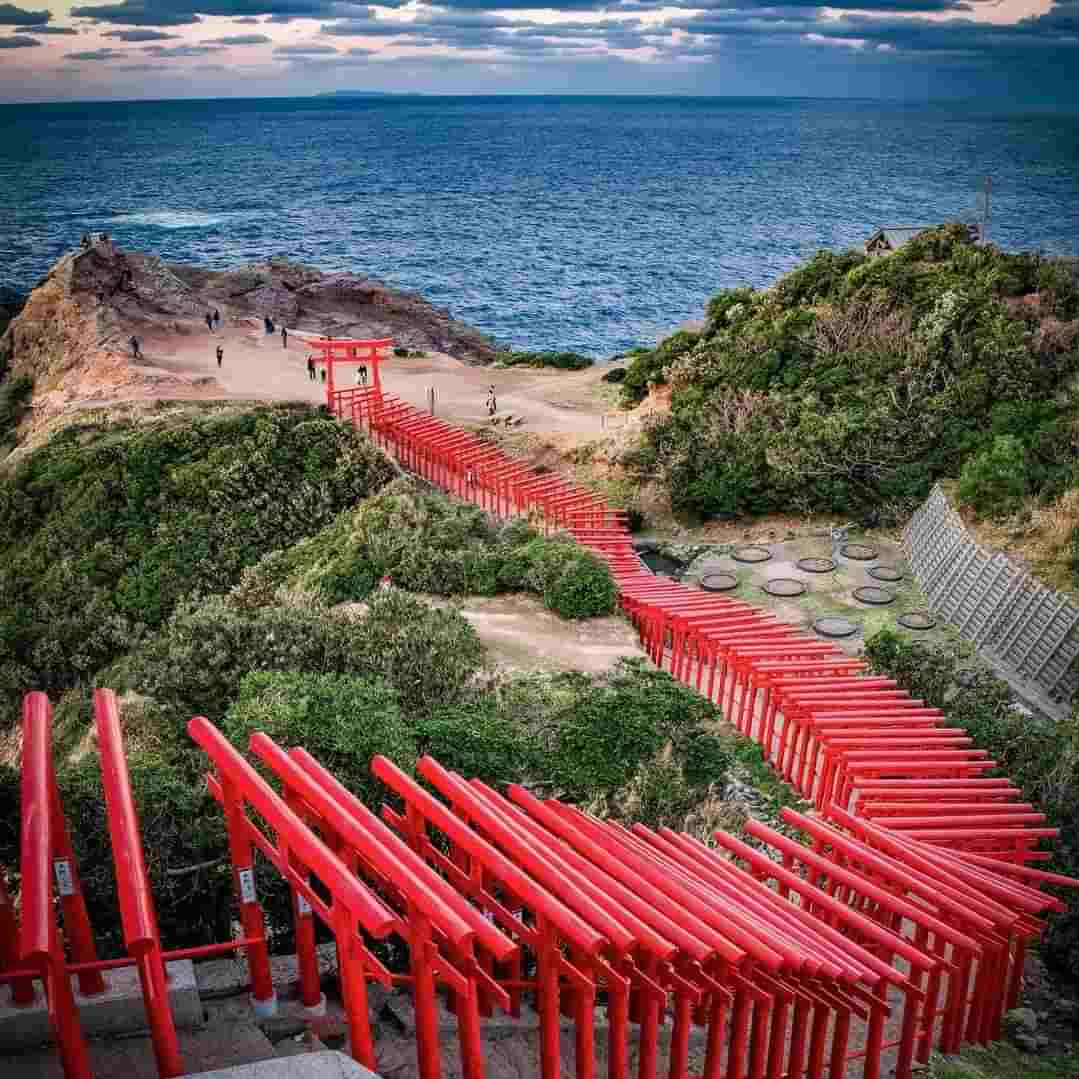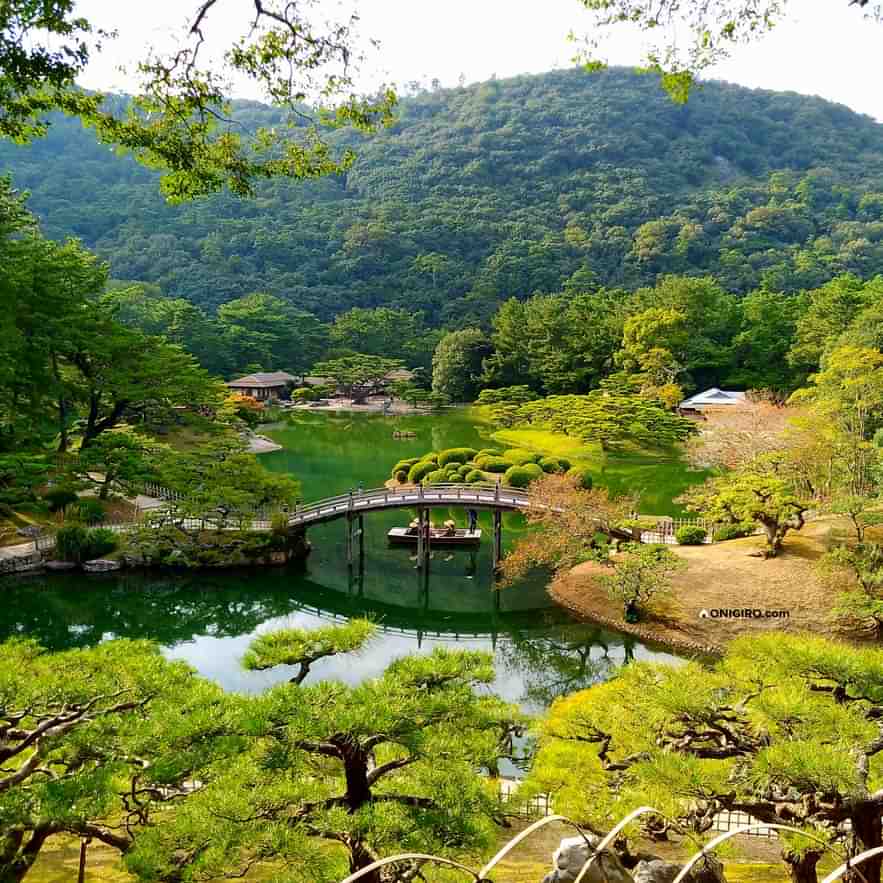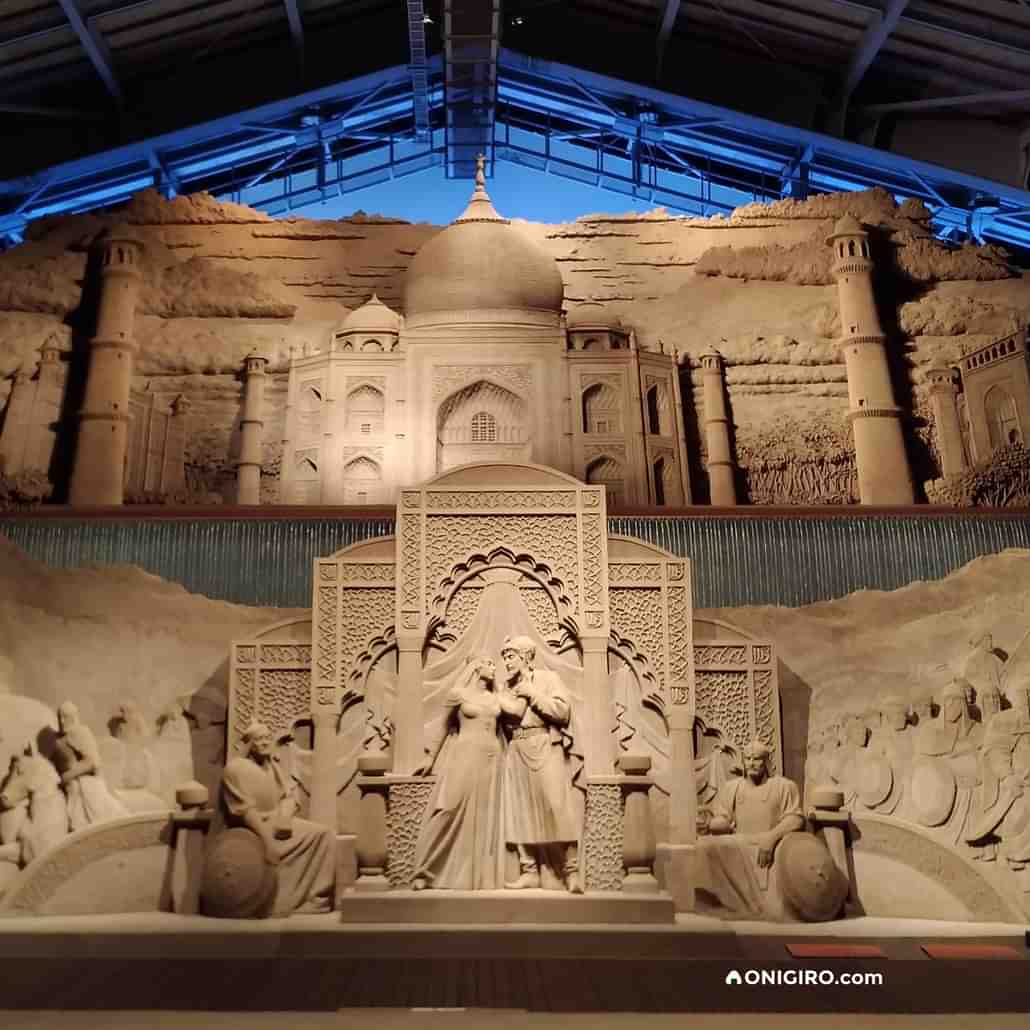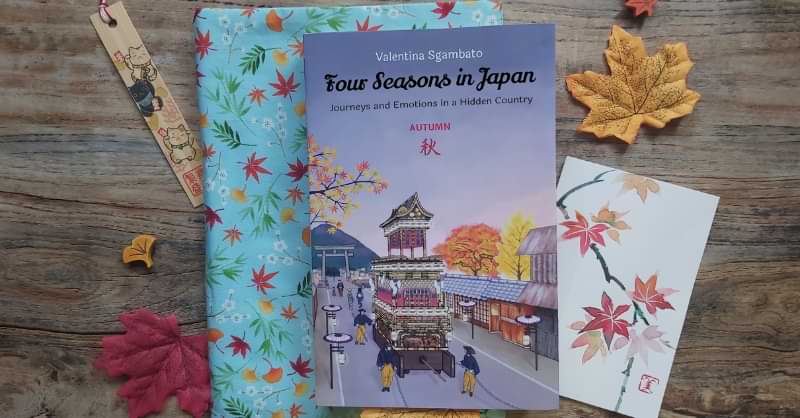Mie prefecture & Ise city guide
Ise, capital of Mie prefecture, the city hosting Japan’s most important Shinto shrine
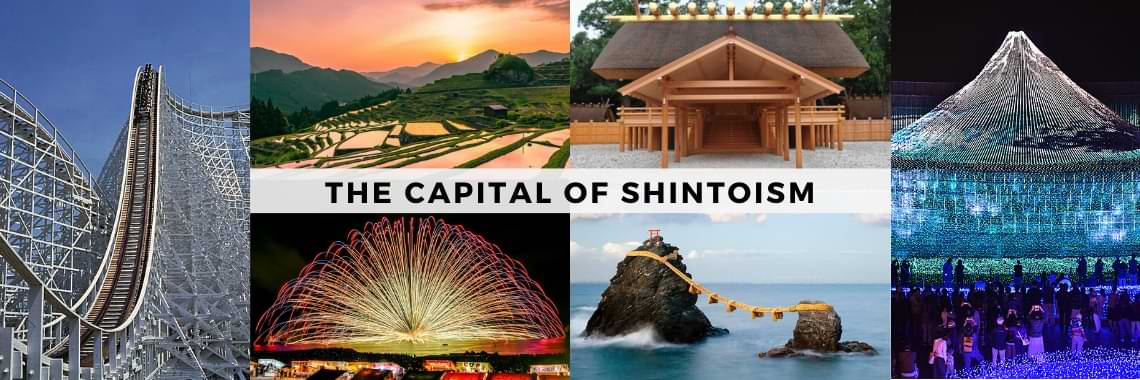
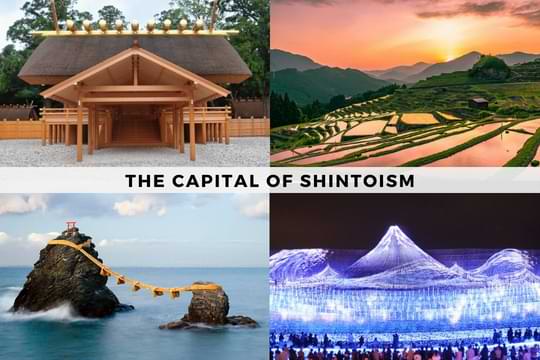
Here’s our favorite times of the year to visit Ise city and Mie prefecture, while at the end of the page you’ll find an original itinerary to explore the city:
- From mid July to early August, many firework shows and summer festivals are held;
- In mid October you can see the main Ise-jingū Shrine festivals, the Kannamesai and the Ise Matsuri;
- In winter you can taste the best fresh seafood delicacies in Toba, like oysters and spiny lobsters.
Festival & events in Mie and Ise
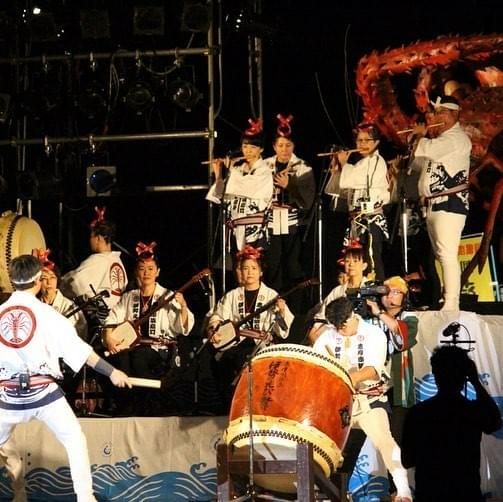
Ise Ebi Matsuri
伊勢えび祭り
When: 1st Saturday of June (with exceptions)
[past dates: October 15 (2022), June 6 (2020), 1 (2019), 2 (2018)]
Where: Hamajima Kaihin-kōen Park
Dances and various performances on stage throughout the day. A small fireworks show is held at the end of the festival.
Visit the official website (Japanese) and check this flyer of a past edition to know more.
Pic © moom_8_i
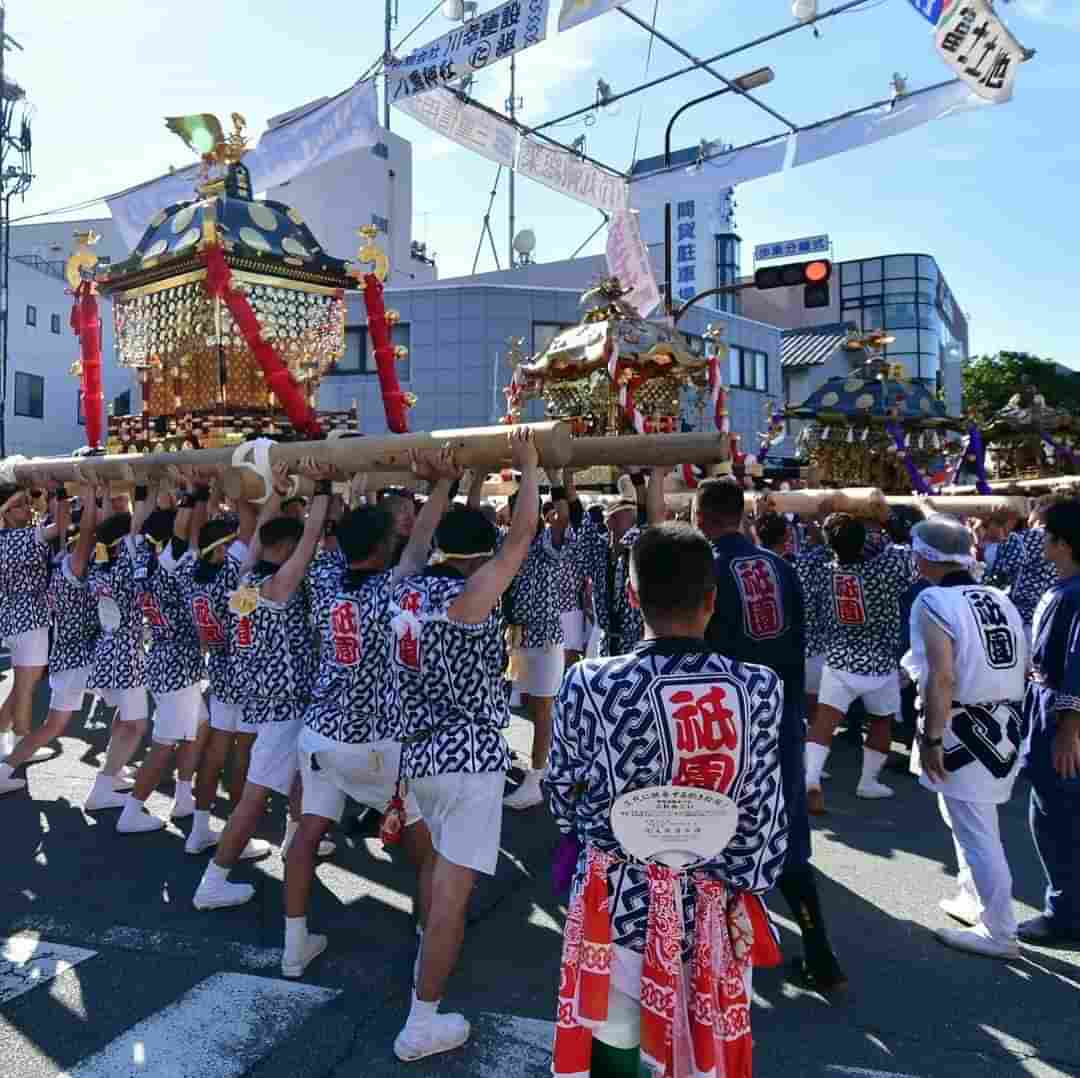
Matsusaka Gion Matsuri
松阪祇園祭
When: weekend of mid July
[past dates: July 16~17 (2022), 18~19 (2020), 13~14 (2019), 14~15 (2018)]
Where: different locations of Matsusaka city central streets
On the first day, three mikoshi from the shrines Yakumo-jinja, Matsusaka-jinja and Mikuriya-jinja parade through the shopping streets of the city.
On the second day, festivities continues with traditional dances in the streets, like the Matsusaka shongai ondo.
Visit the official website (Japanese) to know more.
Pic © visit_matsusaka
Ujisato Matsuri
氏郷祭り
When: 3 of November, all years same day
Where: Matsusaka-jōseki Castle Ruins
A festival held to remember Gamō Ujisato, the founder of Matsusaka city. The main event is the Musha Gyōretsu, a procession of more than 200 people dressed up in warrior's armors.
Like in the Matsusaka Gion Matsuri, there are performances of the traditional dance Matsusaka shongai ondo on the stage in the city center.
Visit the official website (Japanese) to know more.
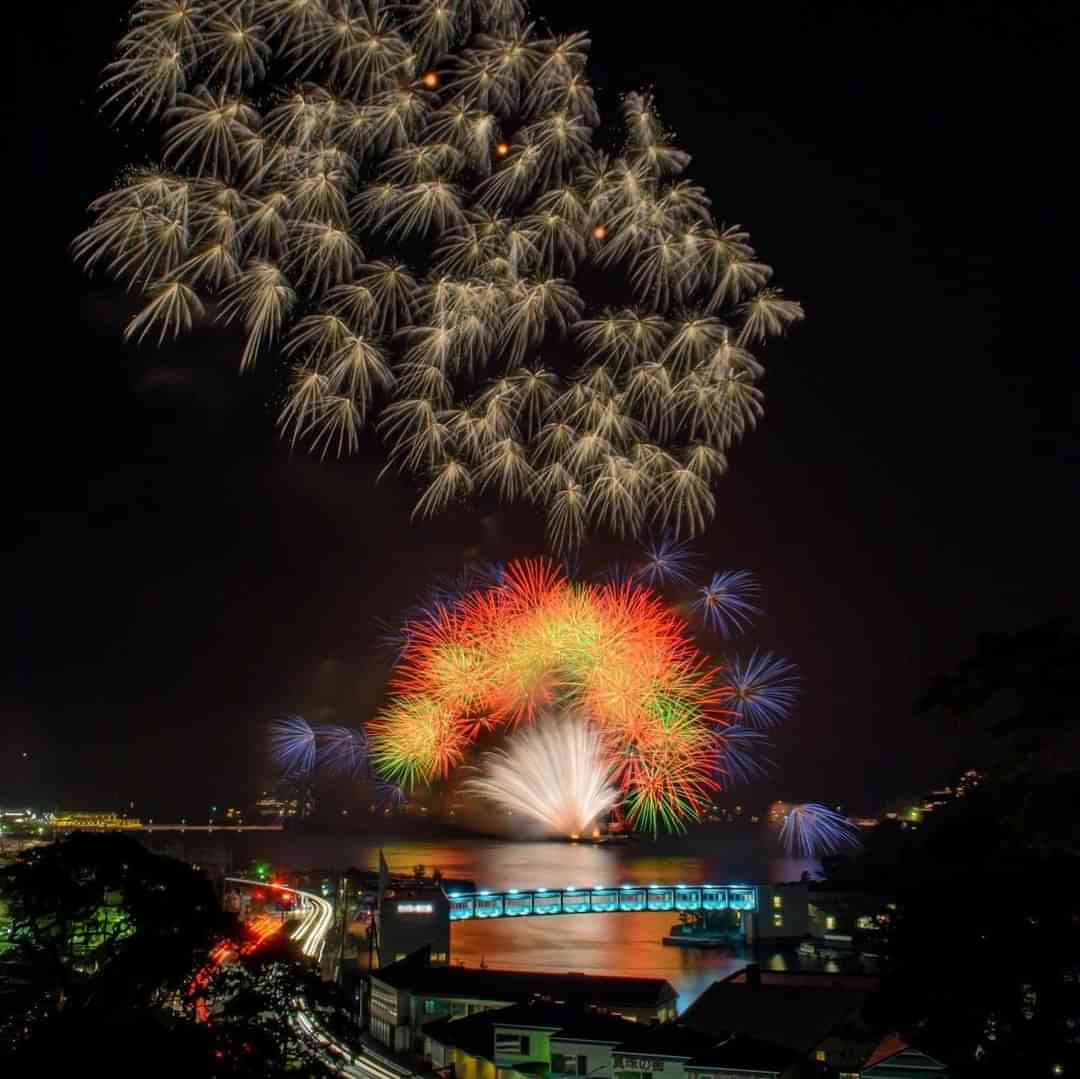
Toba Minato Matsuri
鳥羽みなとまつり
When: 4th Friday of July (with exceptions)
[past dates: July 22 (2022), 22 (2020), 26 (2019), 27 (2018)]
Where: Toba port
Shinto rituals and a huge 5.000 fireworks show held on Toba bay.
Visit the official website (Japanese) and check this flyer of a past edition to know more.
Pic © ta.9yamamoto
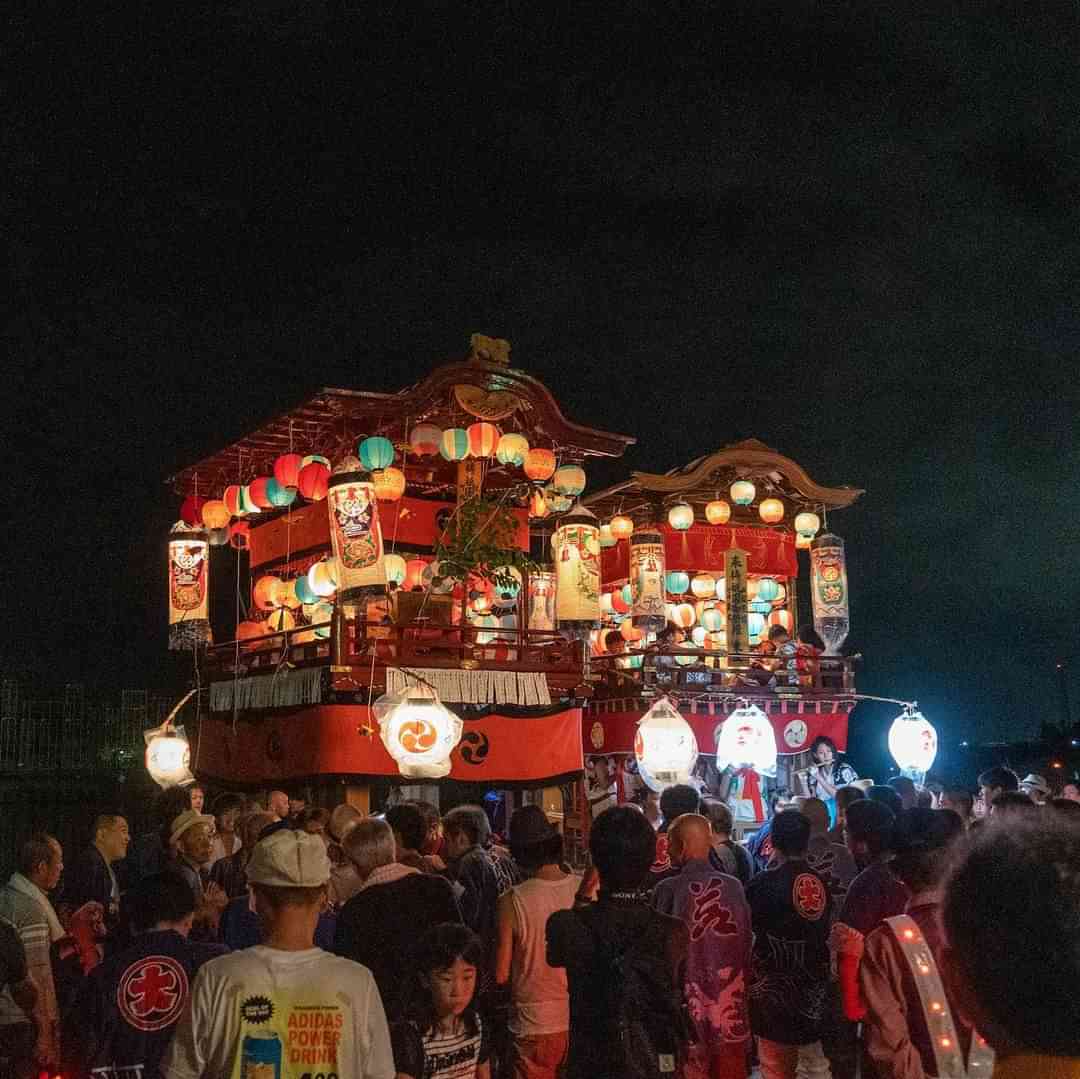
Ōyodo Gion Matsuri
大淀祇園祭
When: Saturday between late July and early August
[past dates: 20 July (2019), 28 July (2018), 5 August (2017)]
Where: Ōyodo port
Parades of festive floats through the streets of the city of Meiwa during the day. At night the floats are loaded onto ships to parade at sea, illuminated by a small fireworks display.
Visit the city festivals official website and the wikipedia page (Japanese) to know more.
Pic © 1973ta
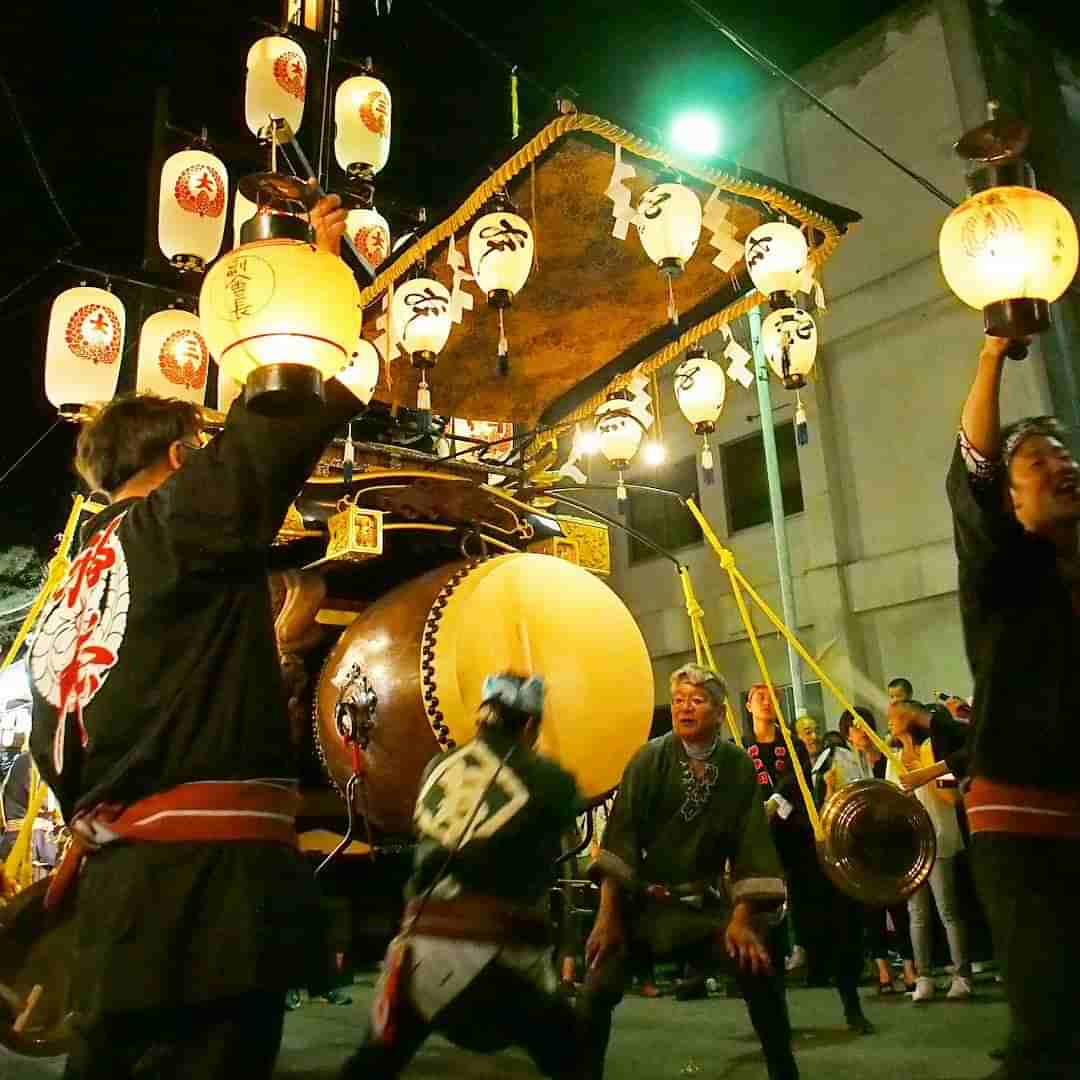
Ishidori Matsuri
石取祭
When: 1st Sunday of August
[past dates: August 4 (2019), 5 (2018)]
Where: Kuwanasō-sha Shrine
This festival is considered the noisiest of all Japan, with drums banging around Kuwana city. The drums are transported in large floats which, decorated with lanterns, parade through the streets.
Visit the official website (Japanese) to know more.
Pic © tabito_meguru
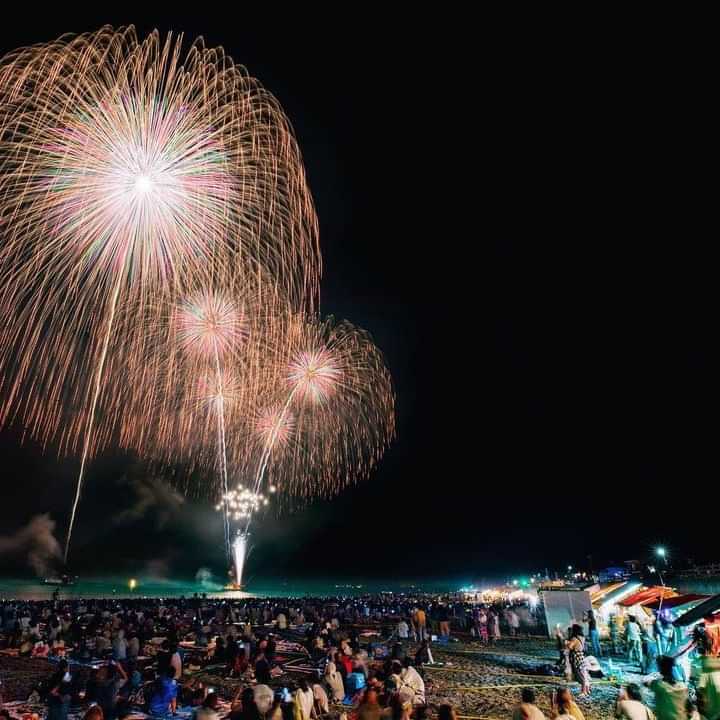
Kumano Ōhanabi Taikai
熊野大花火大会
When: 17 of August, all years same day
Where: on the beach, in front of Kumano train station
Over 10.000 fireworks from 19:00 to 21:00, with thousands of participants every year. Many festive food stalls are also settled on the beach.
Visit the official website (Japanese) to know more.
Pic © dragon_ueda
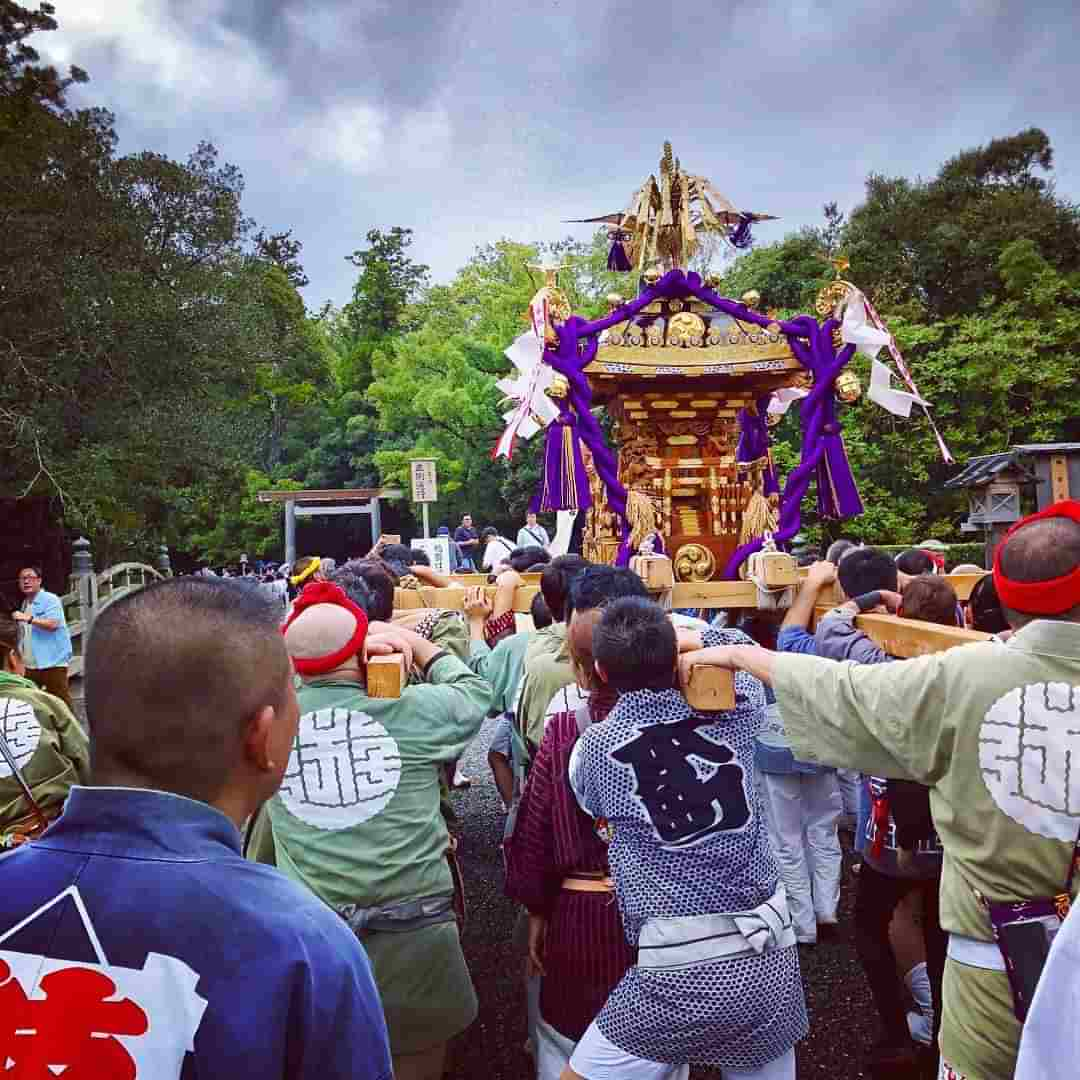
Ise Matsuri
伊勢まつり
When: weekend around 10 of October
[past dates: October 8~9 (2022), 12~13 (2019), 6~7 (2018), 7~8 (2017)]
Where: central streets around Ise station
Mikoshi float parade and many music and dance events on central streets of Ise, spanning on both days. In the evening there is also a hand-held fireworks (tezutsu) show.
Visit the official website (Japanese) and check the PDF program of a past edition to know more.
Pic © takato.kitaoka
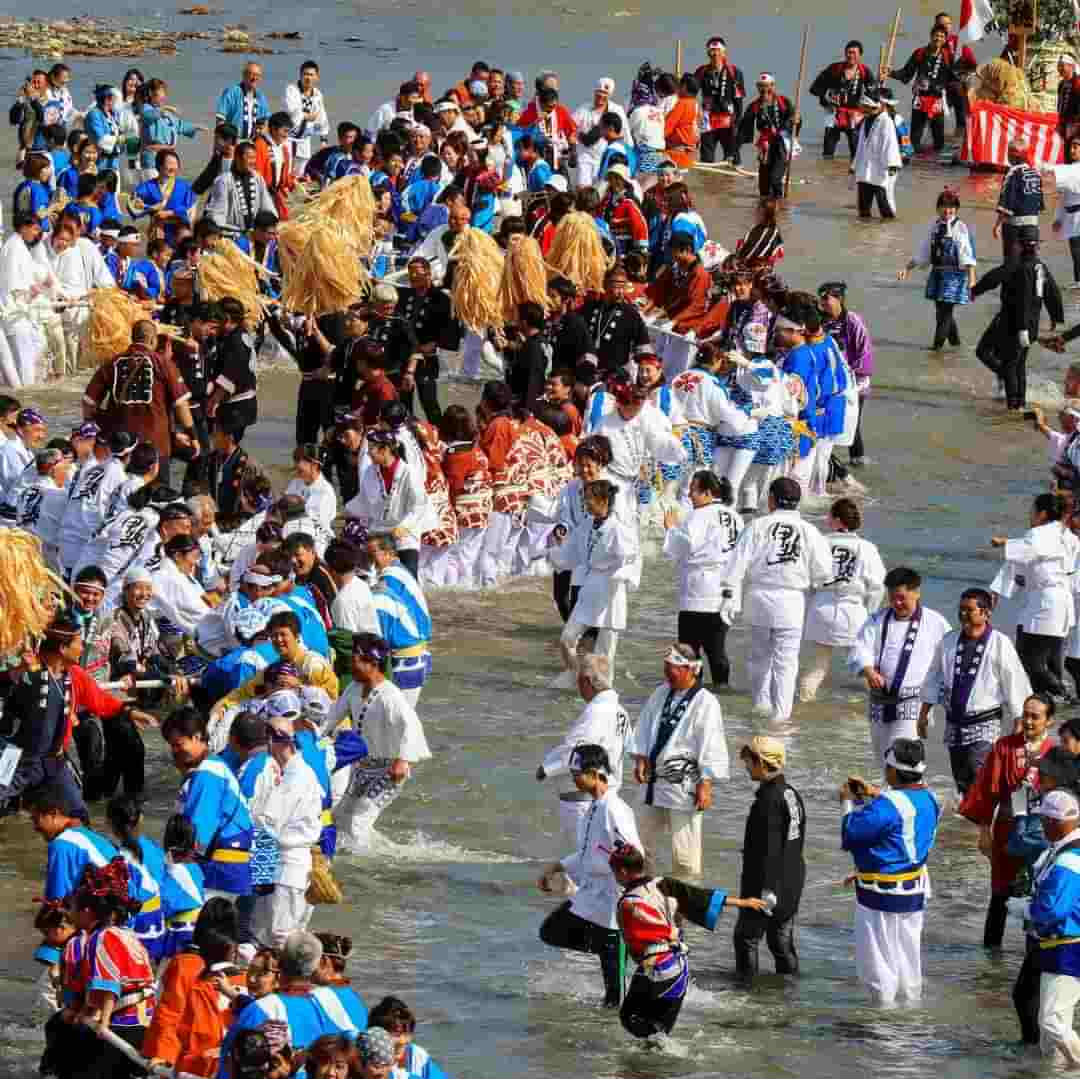
Kannamesai
神嘗祭
When: 15~16 of October, all years same days
Where: heading towards Nai-kū and Ge-kū shrines
The most important festival of Ise-jingū Shrine, with offerings of first harvested rice to Amaterasu, the sun goddess. The first day the offer is carried through city streets, headed to Ge-kū Shrine, while on the second day along Isuzu-gawa River, headed to Nai-kū Shrine.
Visit the official website (Japanese) to know more. Also give a look to the video of both processions: city procession and river procession.
Pic © shidakirei
Best things to do in Mie and Ise
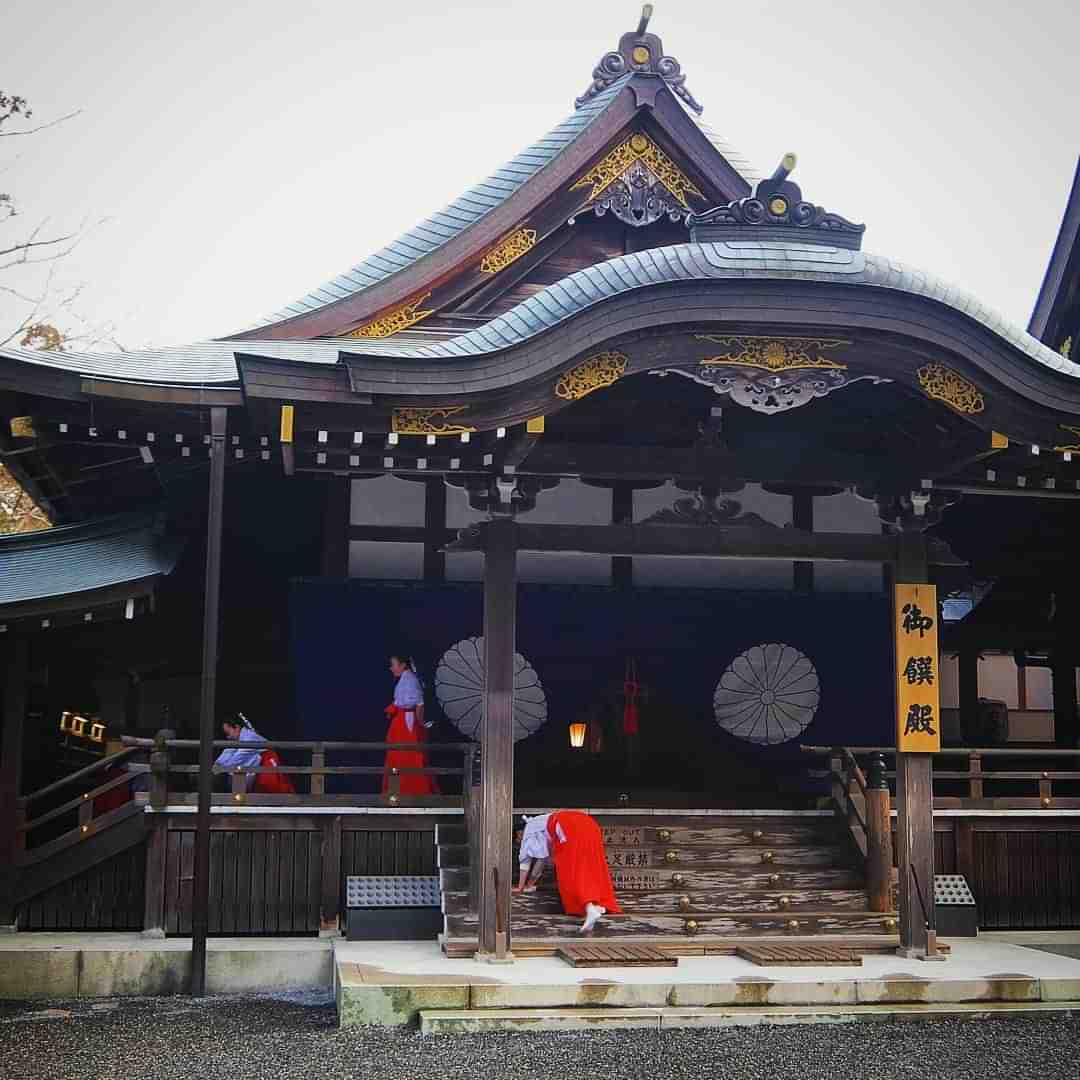
Ise-jingū
伊勢神宮
The shrine complex is composed by different Shinto shrines. The most important ones are Nai-kū and Ge-kū shrines, respectively devoted to Amaterasu-ōmikami, the sun goddess, and Toyouke-ōmikami, the god of agricolture.
For religious reasons, every 20 years the Nai-kū and Ge-kū shrines are rebuilt with cypress wood without the use of any nails. Throughout the year, numerous Shinto rituals and festivals are held in this area.
Check it on Google Maps or visit the English website for more.
Pic © sou_th
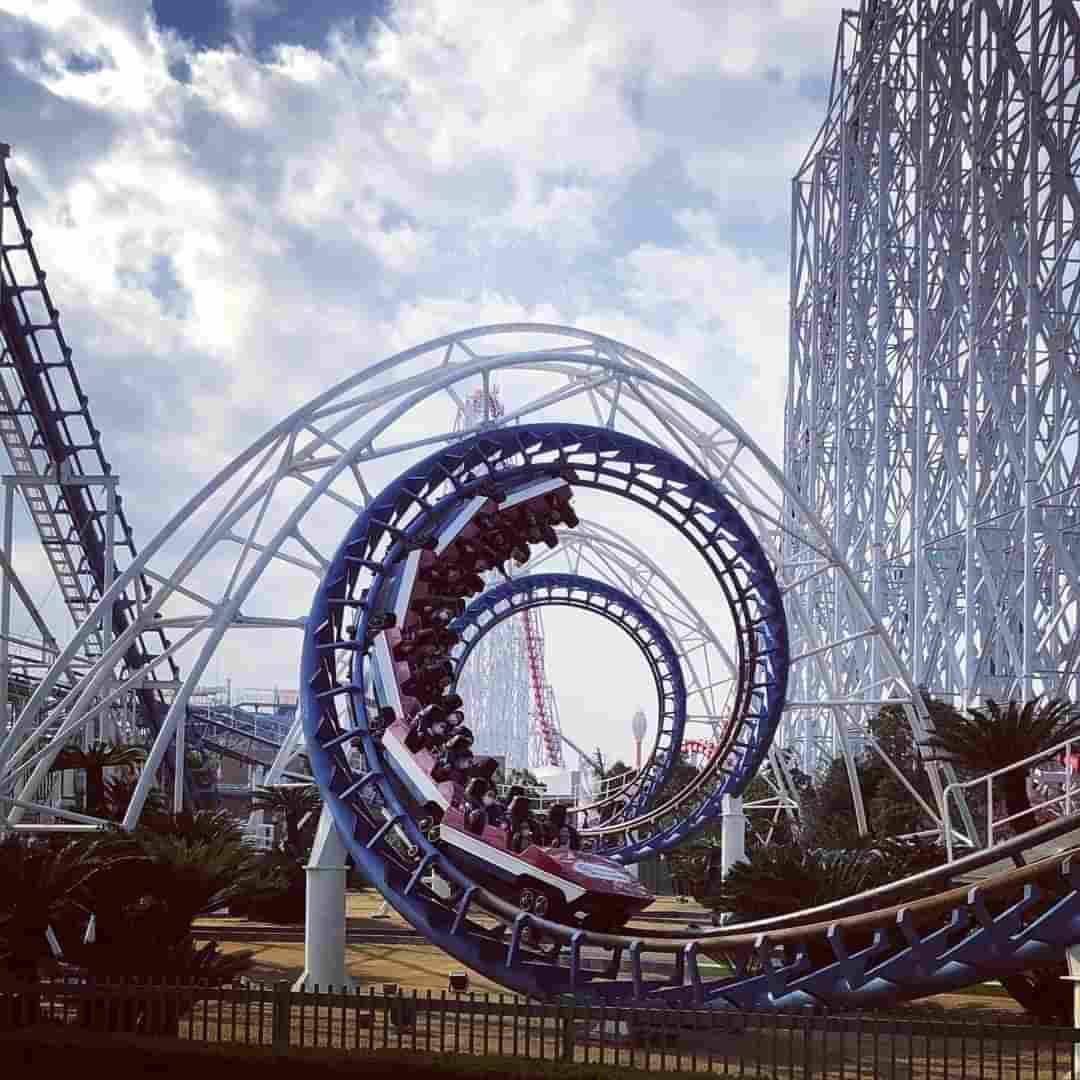
Nagashima Spa Land
ナガシマスパーランド
One of the biggest amusement parks of Japan, whose main attraction is the Steel Dragon 2000, a gigantic roller coaster.
Along with many other attractions, the park also features a 90 meters tall ferris wheel, the Aurora Wheel.
Check it on Google Maps or visit the official website (Japanese) for more.
Pic © yayakko0810
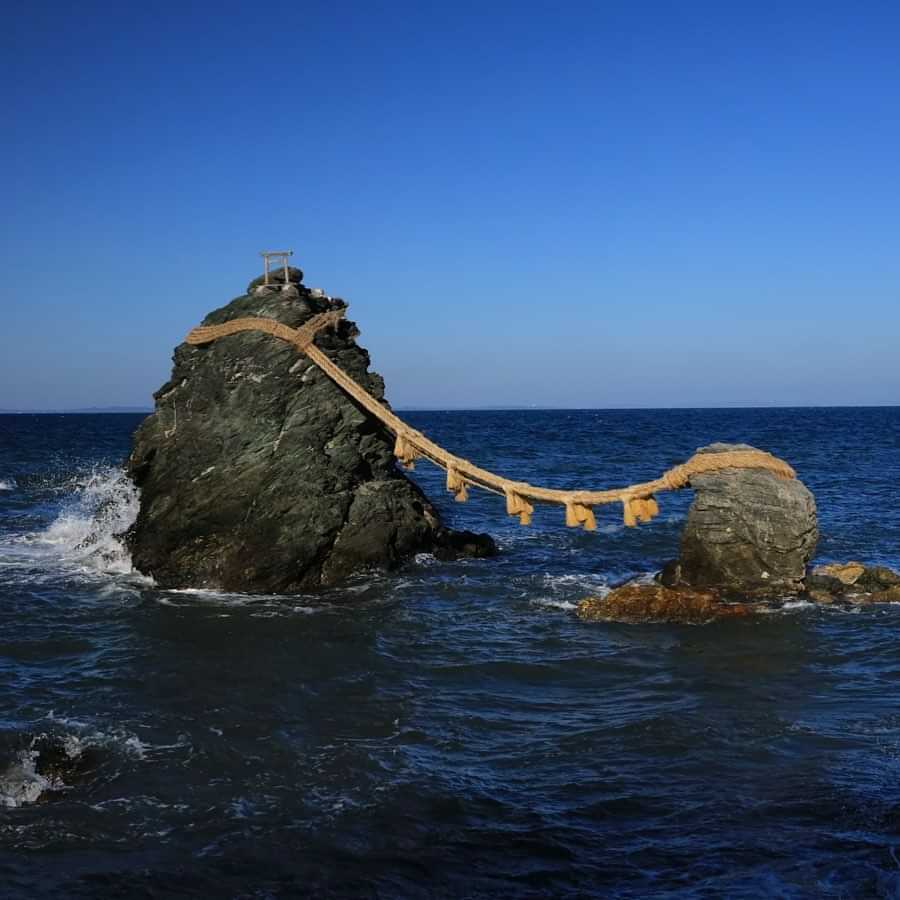
Futami Okitama-jinja
二見興玉神社
This shrine is the protector of marriages and matrimonial happiness, as well as a purification place before starting the Ise pilgrimage, the Kumano-kodō.
The two rocks are called "the married rocks" and are joined by a heavy rope of rice straw called shimenawa representing the union between Izanagi and Izanami, the Kami of creation.
Check it on Google Maps or visit the official website (Japanese) for more.
Pic © cielbleu007
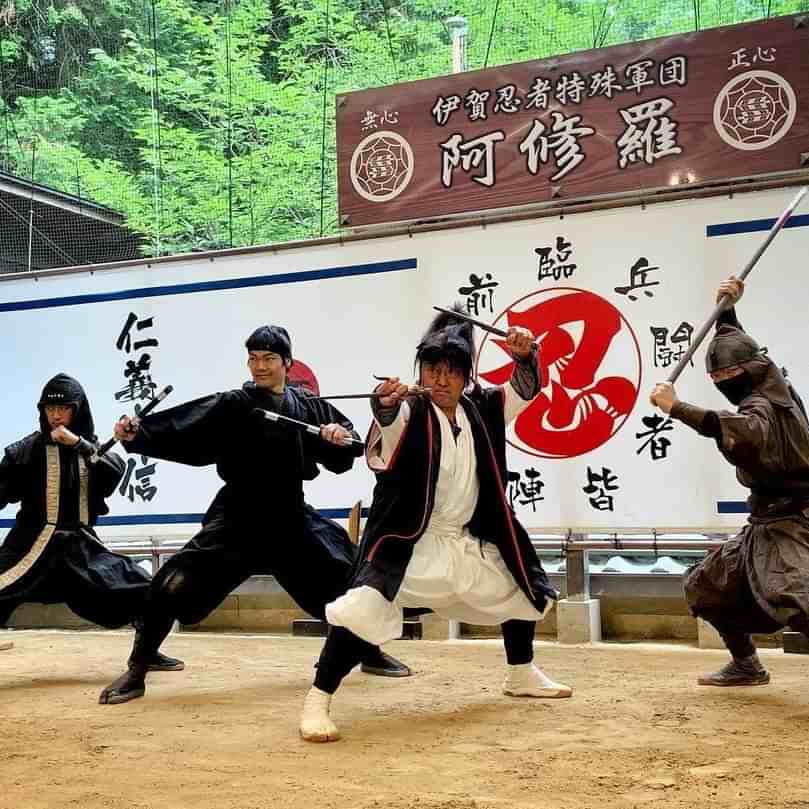
Iga-ryū Ninja-hakubutsukan
伊賀流忍者博物館
This ninja museum is a simple farm dwelling, but in reality it features many hidden doors, places to hide swords, traps and tricks of all kinds.
Enjoy a guided tour to know stories of ninja, their equipment and also live demonstrations.
Check it on Google Maps or visit the official website (Japanese) for more.
Pic © himidon
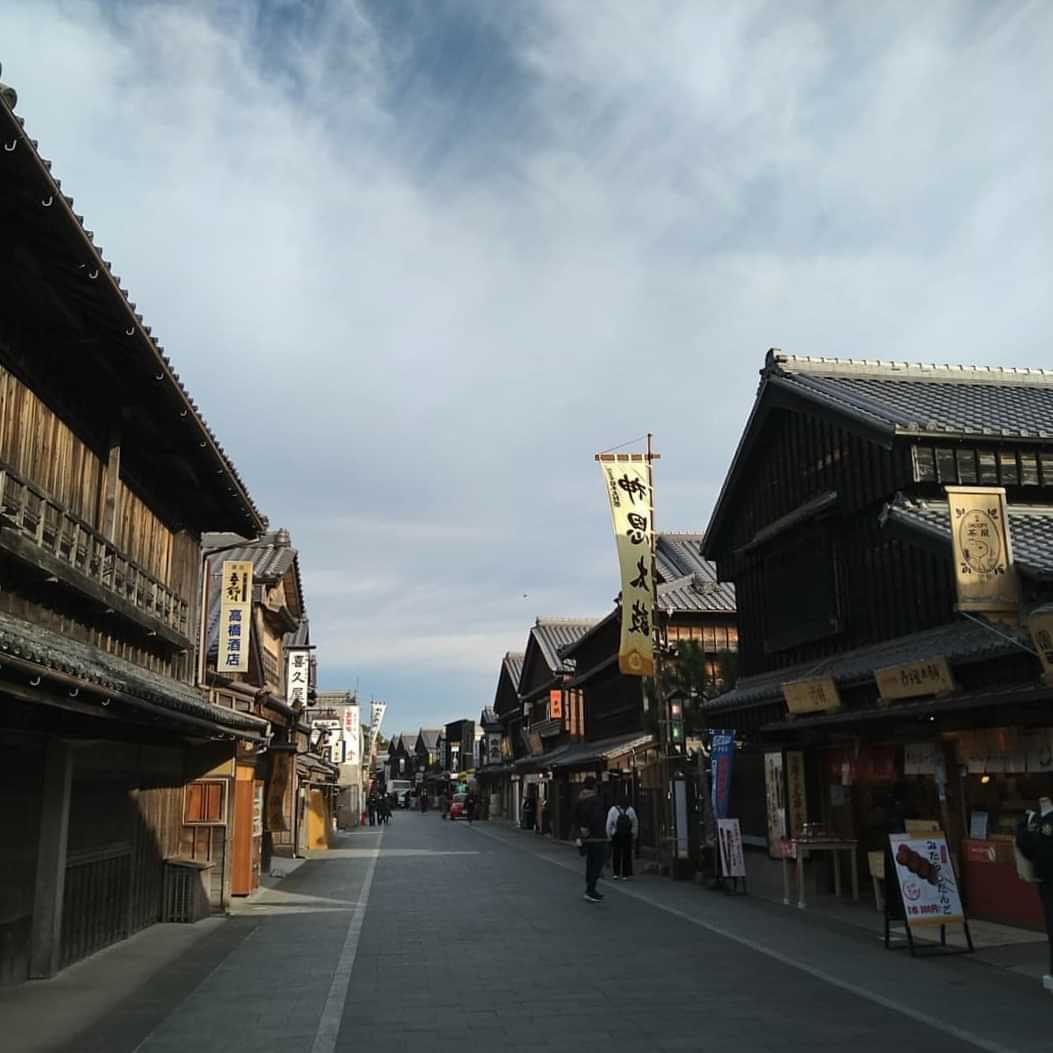
Okage-yokochō
おかげ横丁
Many traditional shops are lined up in this old style street, 5 minutes walk from the Nai-kū Shrine. This is the perfect spot to buy a souvenir or to try the local sweet, the Akafuku mochi.
Check it on Google Maps or visit the official website (Japanese) for more.
Pic © matsutsun7191
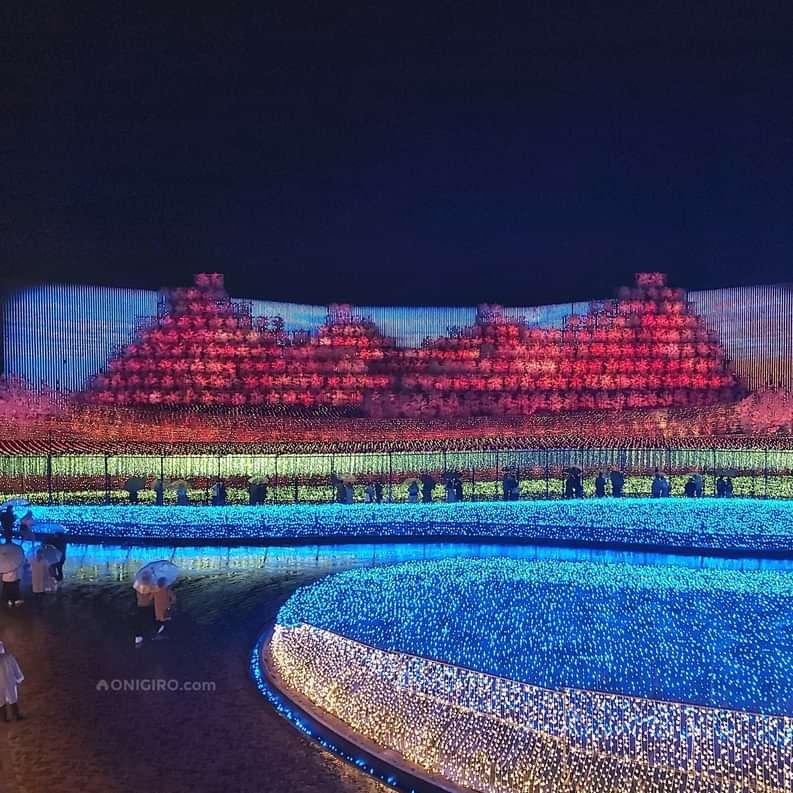
Nabana-no-Sato
なばなの里
One of the most spectacular winter illuminations of Japan, with 8 million LED lights that change representation every year. The illuminations are installed around the end of October and last until late March.
However, not everyone know that this is a great point of interest all-year-round because it's also a beautiful botanical garden.
Check it on Google Maps or visit the official website (Japanese) for more.
Pic © onigiro.com
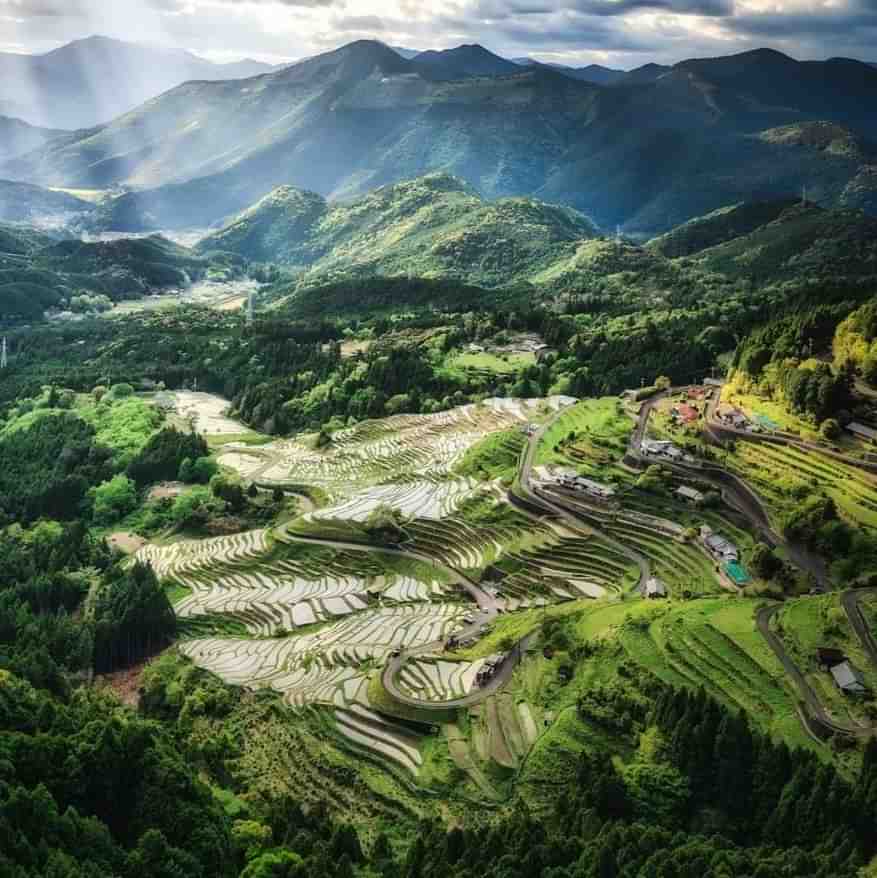
Maruyama Senmaida
丸山千枚田
This scenic beauty is one of the largest rice terraces in the country, composed by over 1300 rice terraces that can be admired from the surrounding mountains.
The rice fields are full of water after the planting period, around May, and each of them reflects the marvelous blue sky.
Check it on Google Maps for more.
Pic © zekkei_delic_j
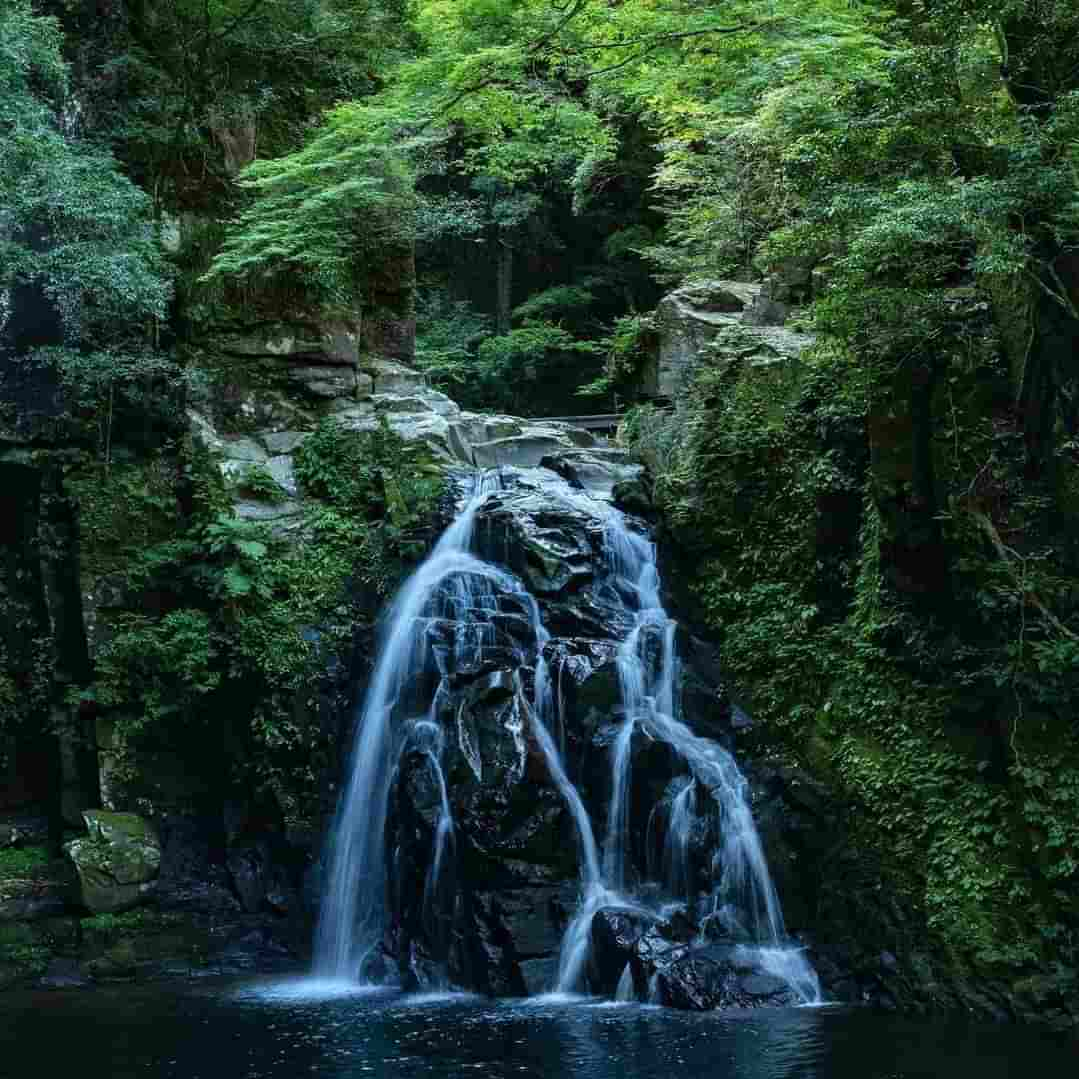
Akame Shijūhachi Taki
赤目四十八滝
The Akame valley is a remote and green forest where the Iga-ryū ninja trained in ancient times. Along the river there are many waterfalls, but not 48 as one might think from the name: in fact this number is related to Buddhism.
The best time to visit is in autumn and the area can be reached through a 10-minute bus ride departing from Akameguchi train station.
Check it on Google Maps or visit the official website (Japanese) for more.
Pic © tomoyukiinaba
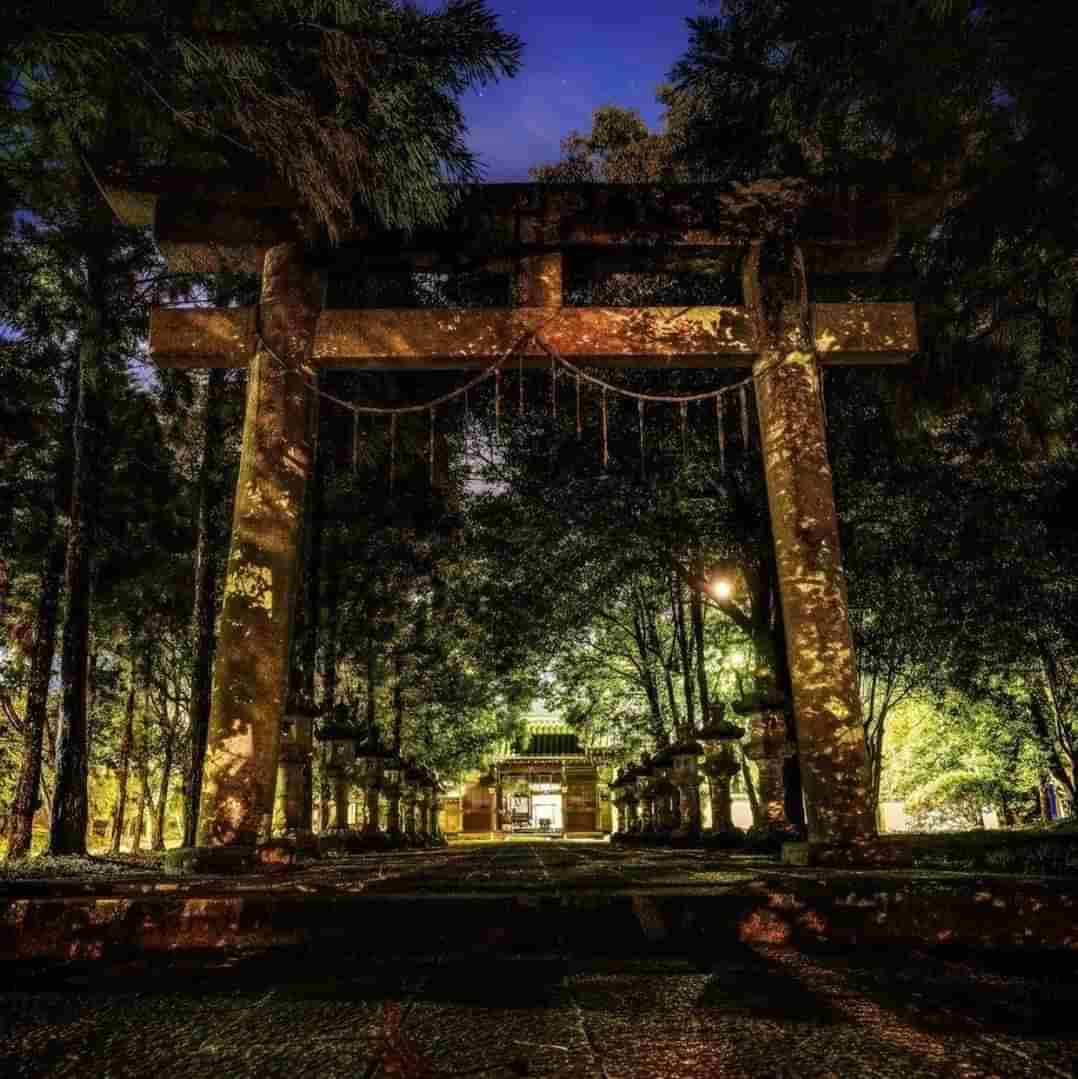
Kumano-kodō
熊野古道
This is the most famous pilgrimages network of Japan that includes routes for all levels, from easy to very challenging.
One of the most famous routes starts from the Ise-jingū Shrine and heads south, along the coast, to reach the city of Kumano: this is called the Iseji route.
Check the detailed itinerary on the English website for more.
Pic © come_to_japan
Mie and Ise typical foods
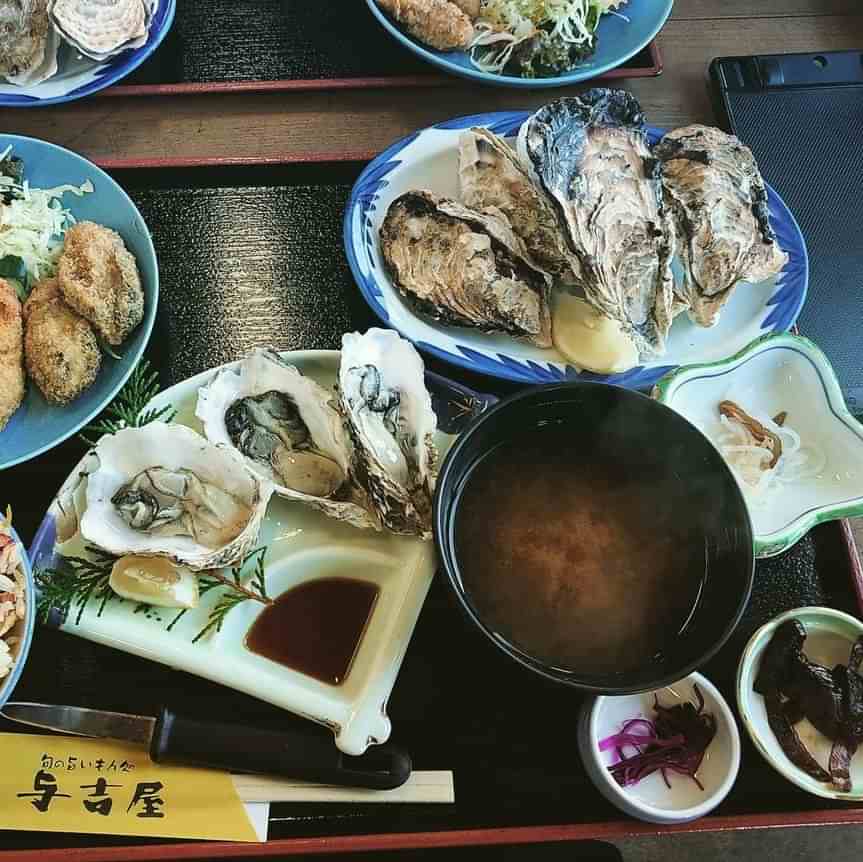
Toba Kaki
鳥羽牡蠣
Toba city is the Japan's number one producer of oysters, a winter delicacy so famous that there is a road named to these oysters, the "Uramura Oysters Road".
Oysters are caught between November and March in Ōnōra-wan Bay and during this period many kiosks offer oysters all-you-can-eat to attract the tourists.
Pic © fairy_penguin_fan
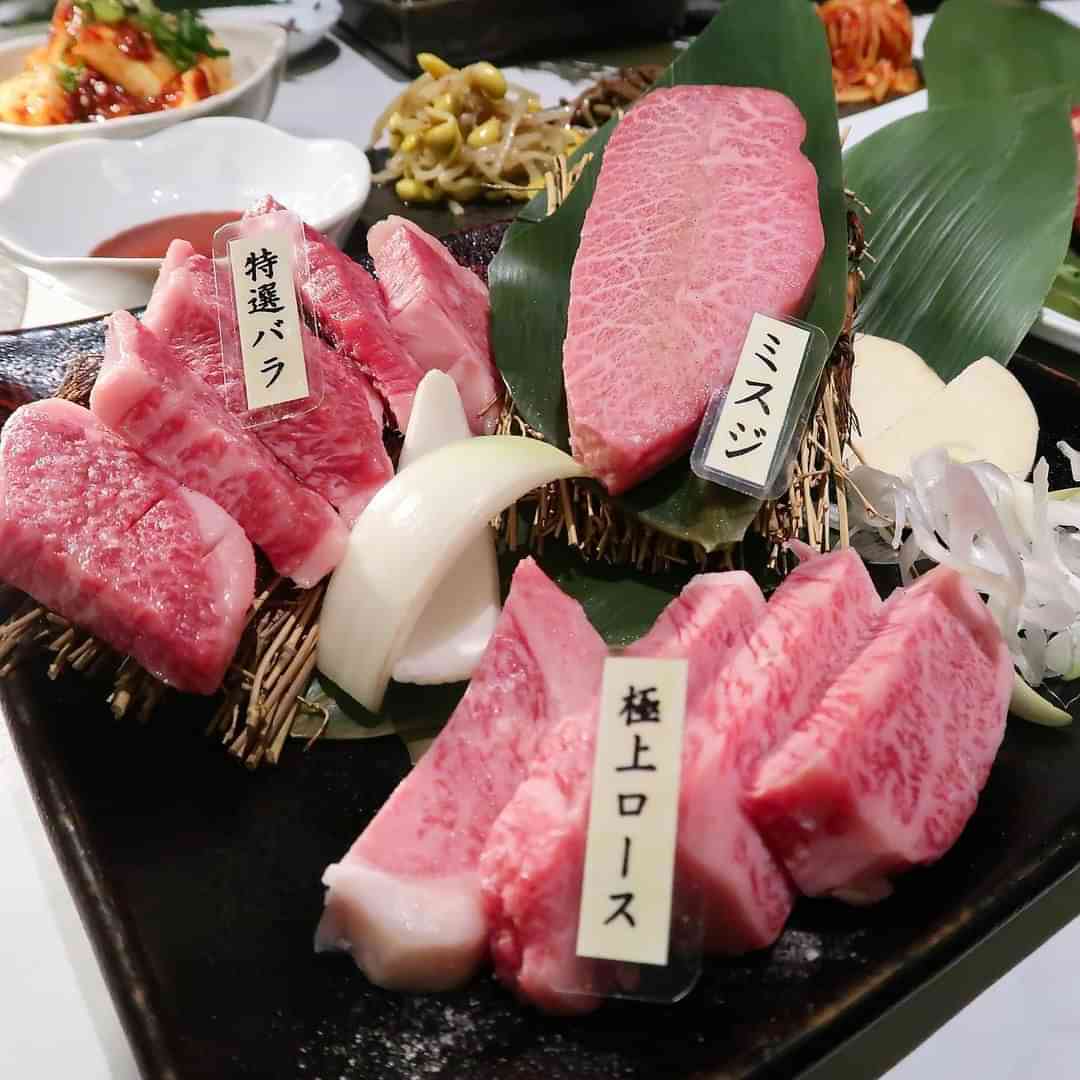
Matsusaka-wagyū
松阪牛
This beef meat is one of the best 3 wagyū of Japan, along with Kōbe and Yonezawa ones. On many restaurants of Matsusaka city you can try this high quality meat choosing your favorite part.
It is obviously an expensive dish, but at least you will be able to taste it without having to book a place months in advance because this city is not as famous as Kōbe.
Pic © pu_san_manpuku
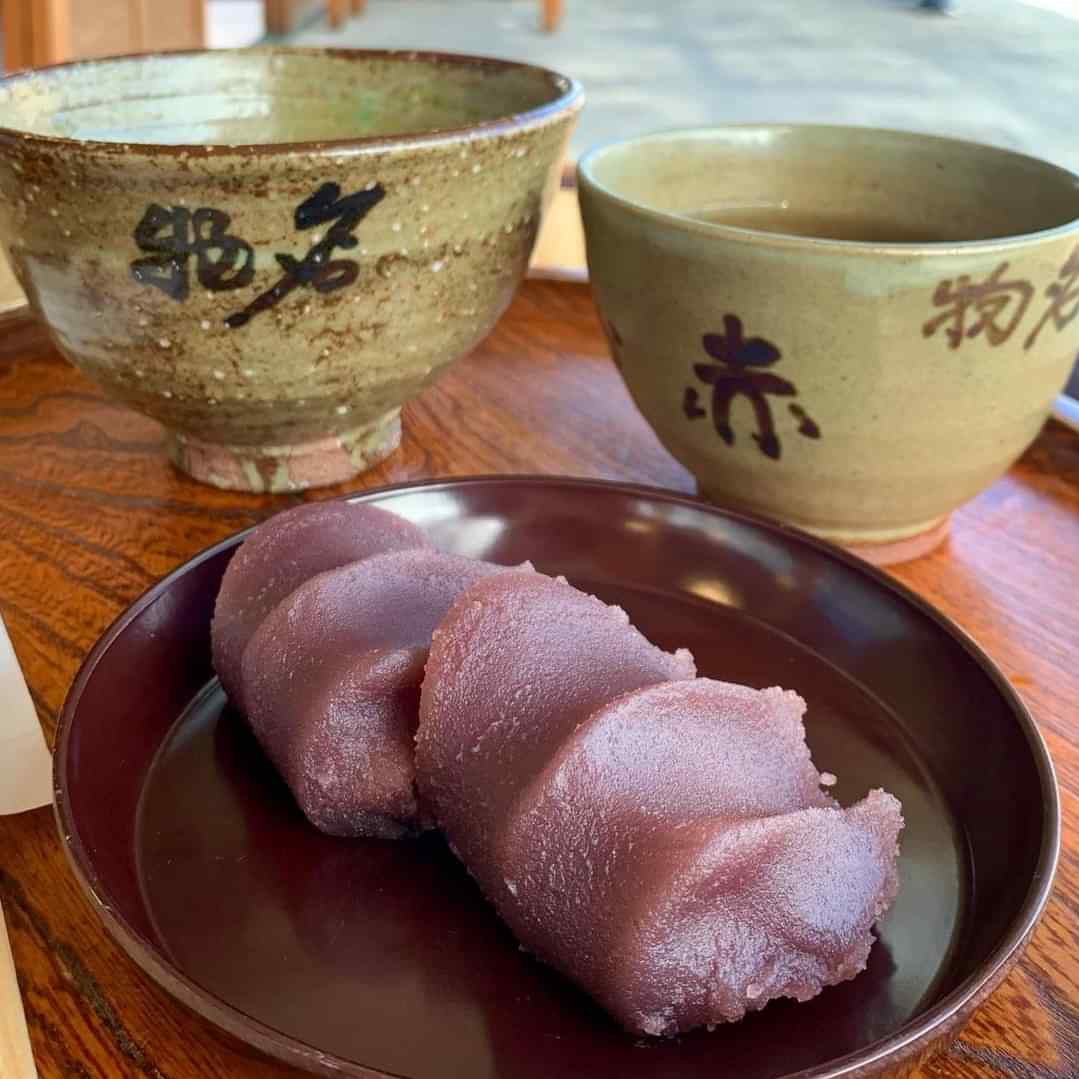
Akafuku Mochi
赤福餅
The akafuku mochi is a sweet which has strained bean paste placed on a rice cake, perfect to be served with green tea.
The rice cake is made from glutinous rice and the bean paste is made from red azuki beans. The shape has three lines, which is said to represent the flow of the nearby Isuzu-gawa River.
Pic © kaepi_yummy
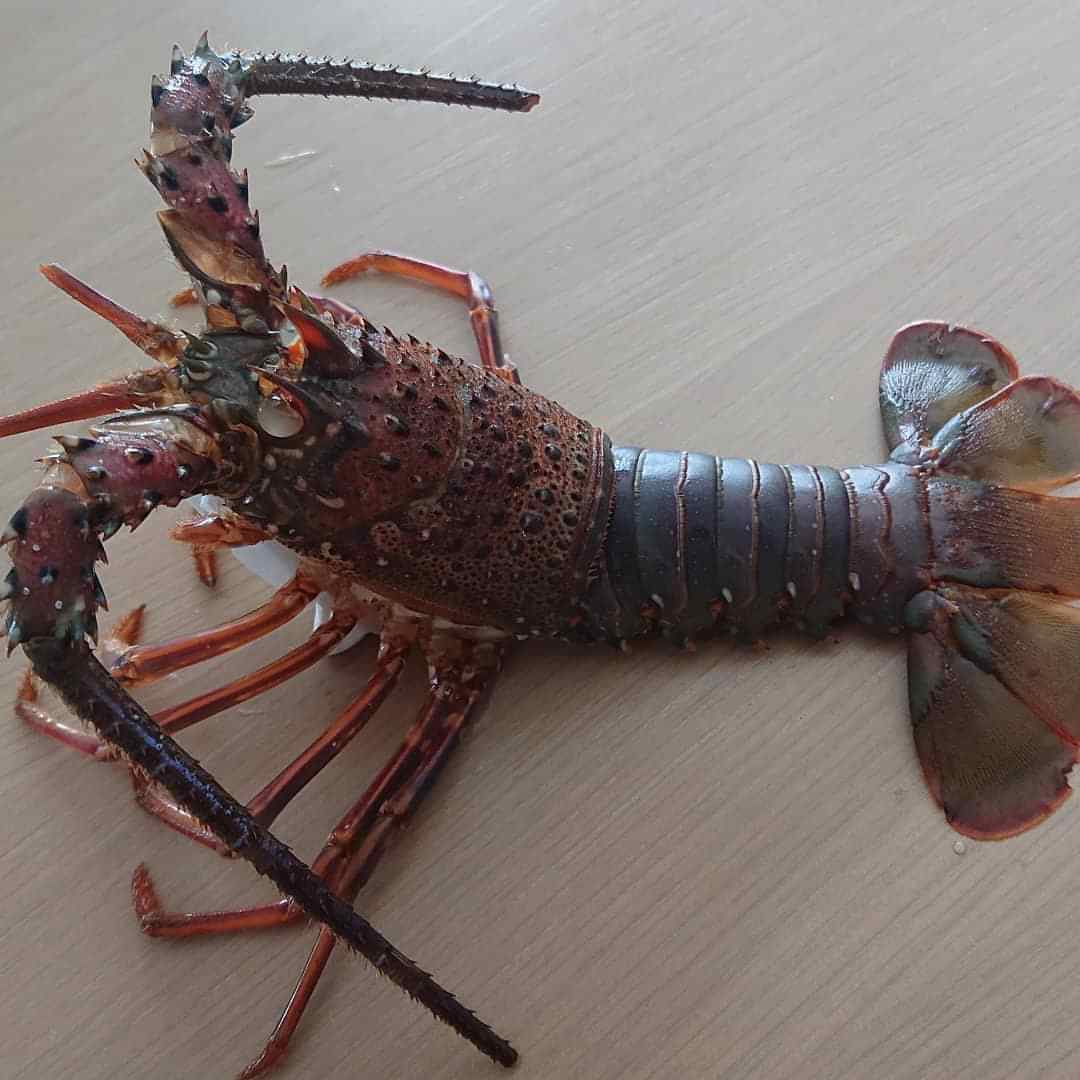
Ise Ebi
伊勢海老
This type of spiny lobster can reach almost 30 cm of lenght and is very common on Ise costal area due to its warm and shallow sea waters.
The fishing season is between October to April, so you can try it as tenpura, soup or grilled at many restaurants in this period.
Pic © hajihaji7110
Mie and Ise local souvenirs
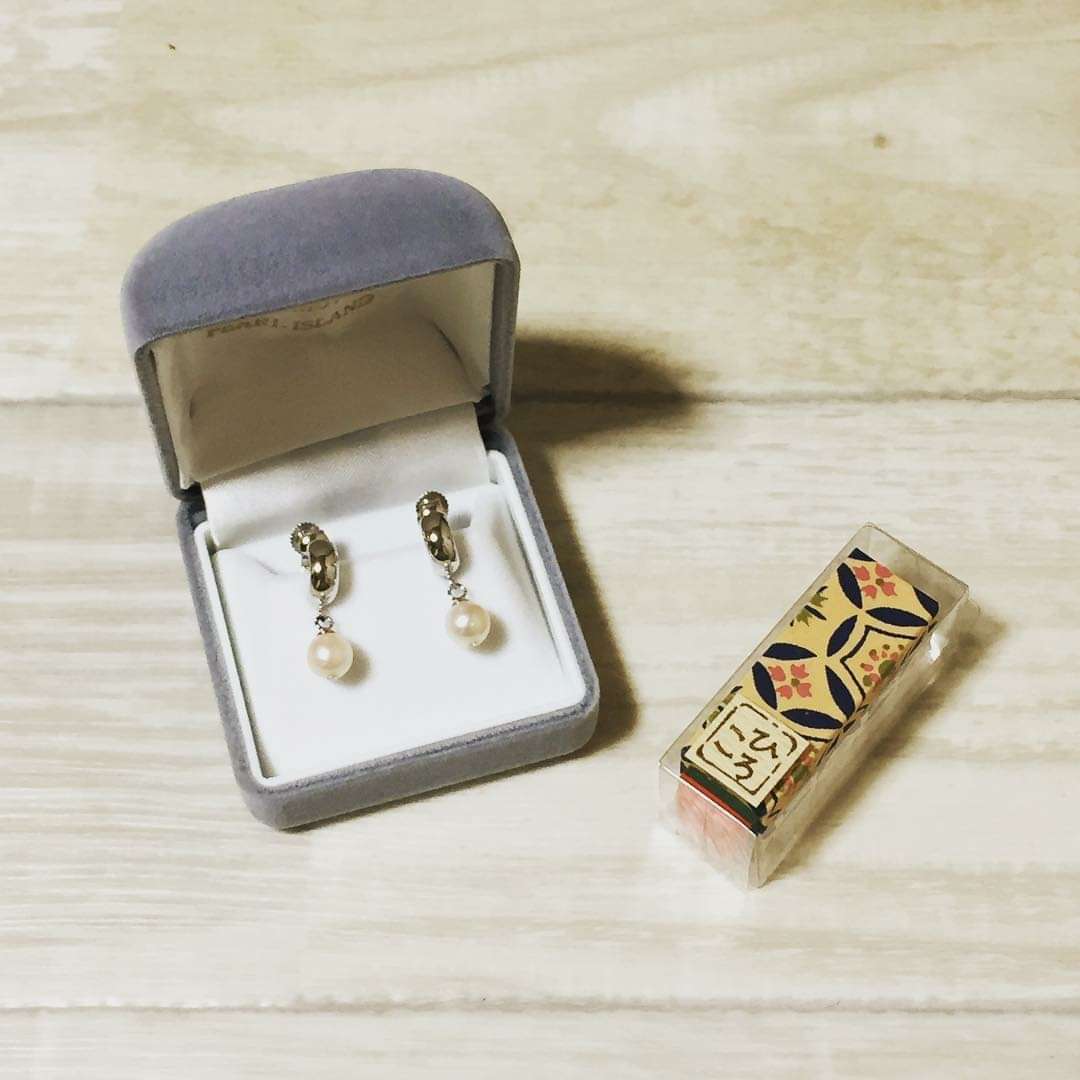
Toba Maju
鳥羽真珠
The city of Toba is one of the best producers of high quality pearls in Japan and many shops inside the "Toba Pearl Town" mall sell handmade jewelries.
In the nearby Shinju-shima Island, there is also a museum dedicated to pearls with real works of art.
Visit the official websites (Japanese) of Shinju-shima Island and Toba Pearl Town to know more.
Pic © boku.issi
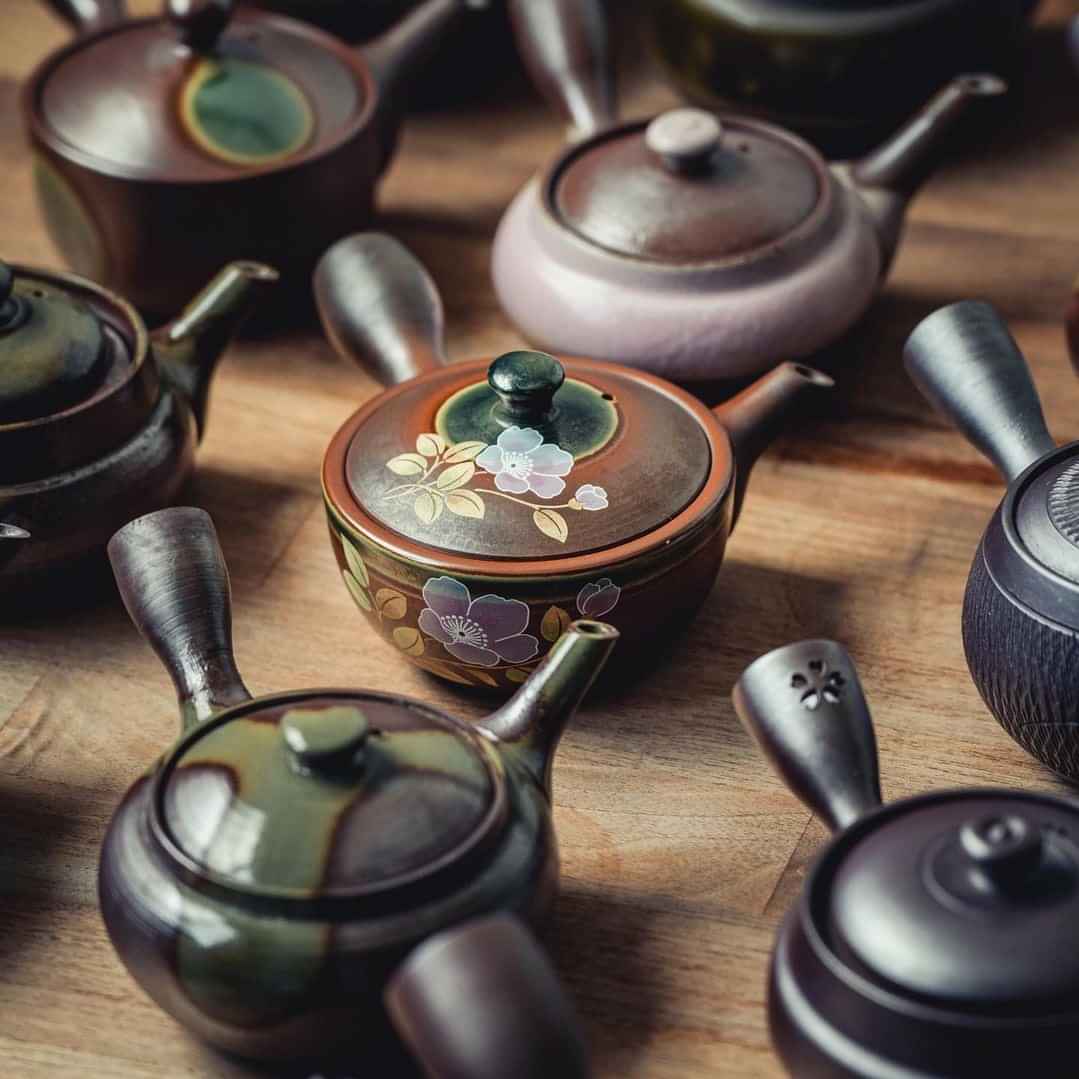
Banko-yaki
萬古焼
The city of Yokkaichi, north of Mie prefecture, is famous for its prestigious ceramics with over 300 years of history.
On late 70s, this potteries have been recognized as traditional craft product of Japan.
Visit the official website (Japanese) to know more.
Pic © tezumitea
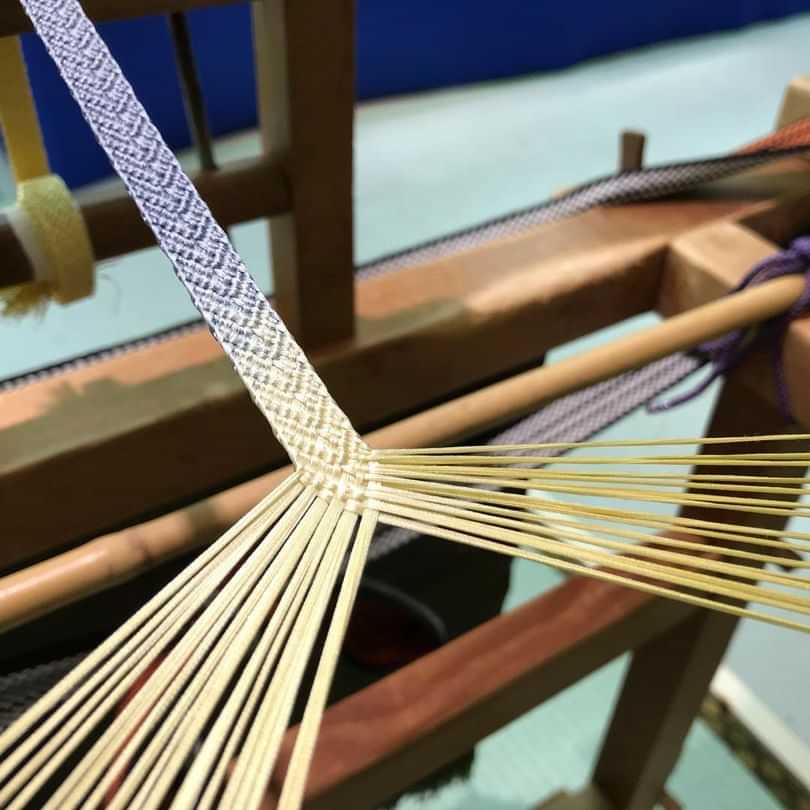
Iga Kumihimo
伊賀組紐
Kumihimo, the ancient art of crossing silk and cotton threads into beautiful cords, is highly developed in Iga city. In fact, the greatest part of braided cords of Japan originates here.
On ancient times, these cords were used to decorate swords and armors, while now they are widely used to tight kimono or to make accessories.
Visit the official website (Japanese) to know more.
Pic © fujioka.kumihimo
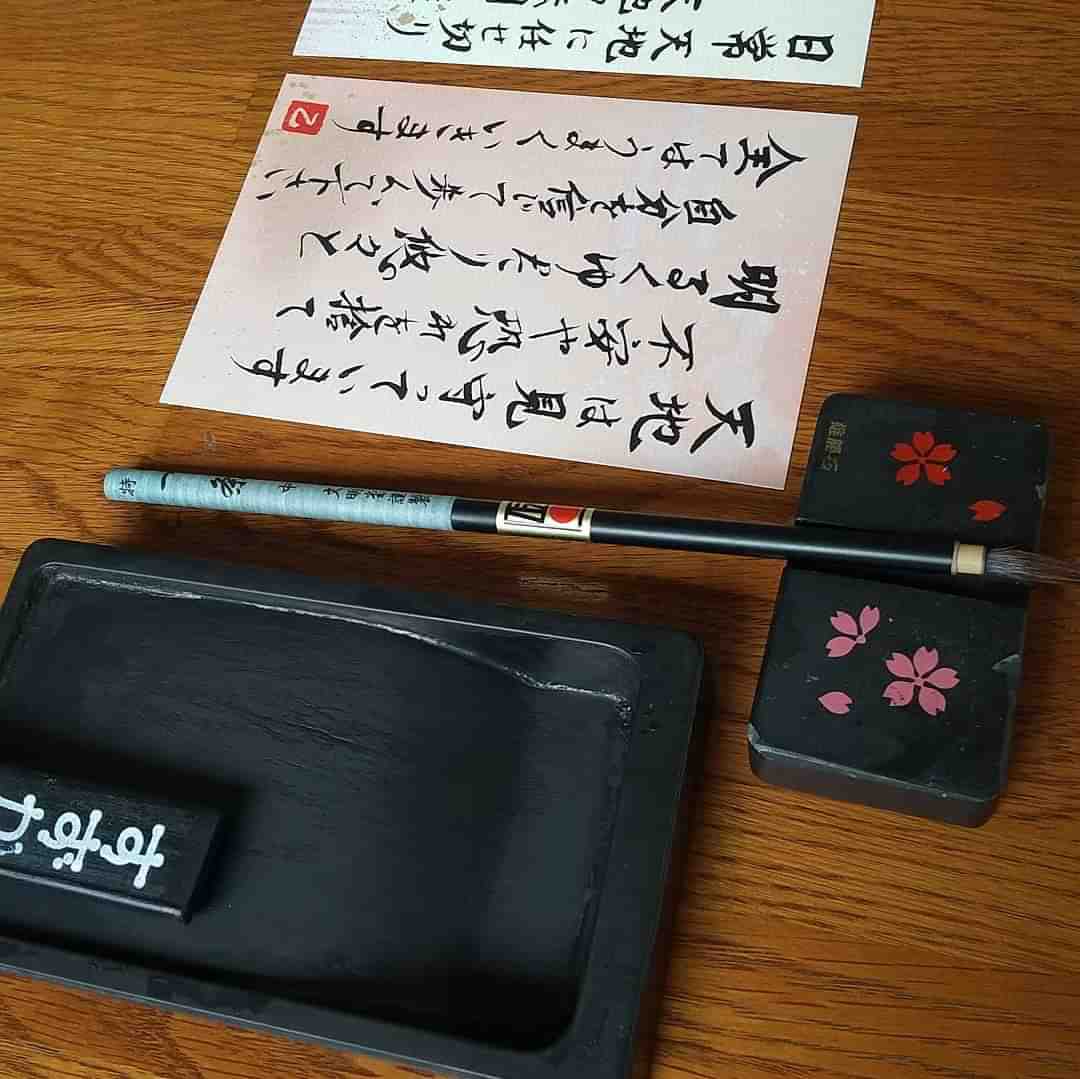
Suzuka-zumi
鈴鹿墨
Loved by many calligraphers, this Japanese ink is mainly used for shodō traditional writings. It is made from pine soot which is then solidified using a natural gelatin called "nikawa".
Pic © oppakuwakunpuu
Mie prefecture nearby destinations
Cities
Towns & more
- Nachi-no-taki, the most famous view of Wakayama prefecture, a huge waterfall behind a three-story pagoda;
- Wazuka, south-east of Kyōto, with large tea fields and home of premium quality Uji tea;
- Hikone, with its “water castle” facing the largest lake on the island, Lake Biwa-ko.
Ise city transportation guide
Access to Ise
By train, the closest JR Shinkansen station is Nagoya station. From there, take Kintetsu Limited Express line to Iseshi station. For more information on Japan railways, check our JR Pass and trains blog post.
By airplane, the closest airport is Chūbu international airport, south of Nagoya.
Moving within the city
2 train lines cross Ise central station: the JR Sangū Line, running between Toba and Taki, and the Kintetsu Limited Express line, running between Ujiyamada and Matsusaka.
If you prefer to explore the area by bus, consider the tourist 1-day pass called Ise Toba Michikusa Kippu, that also offers discounts in many facilities.
The pass can be bought at the central station, costing around 10 $ for adults and 5 $ for kids. To know more, check the official website (Japanese) and also use this bus map that shows all the stations covered by the pass.
Bike rentals
You can rent bikes at the Ise city tourist information center, in front of Ge-kū Shrine, for a 6 $. On this map you can see the suggested bike routes, bike rental locations and different points of interest.
From Tōkyō to Ise
By train, take JR Tōkaidō Shinkansen line from Tōkyō to Nagoya, then check the access section to reach Ise. The whole connection takes 3 hours and costs about 120 $ if you don’t have a JR Pass.
By airplane is not convenient.
Ise 1 day itinerary
Morning
- 9:30 – 10:30 start your visit at Futami Okitama-jinja Shrine, on Ise coast, close to the Futamino-Ura station;
- 10:30 – 12:00 get back at train station and move to Toba station to visit the pearl museum on Shinju-shima Island;
- 12:00 – 13:30 have lunch at one of Toba’s local fish restaurants tasting fresh seafood;
Afternoon
- 13:30 – 15:00 get back at Toba station to finally reach Ise central station and visit the Ge-kū Shrine;
- 15:00 – 15:30 rent a bike at the city tourist information point in front of Ge-kū Shrine;
- 15:30 – 16:30 have a pleasant bike tour of the area while heading to the Nai-kū Shrine along the Isuzu-gawa river;
- 16:30 – 17:30 on your way back to the station, stop by Okage-yokochō to taste akafuku mochi and to buy some souvenirs;
- 17:30 – 19:30 return your bicycle at the information point and take a train to Matsusaka station to finish the day with a delicious Matsusaka-wagyū on a local restaurant.

